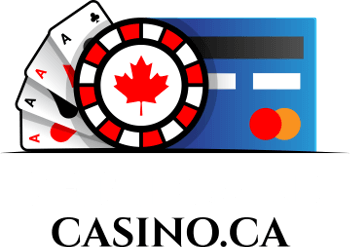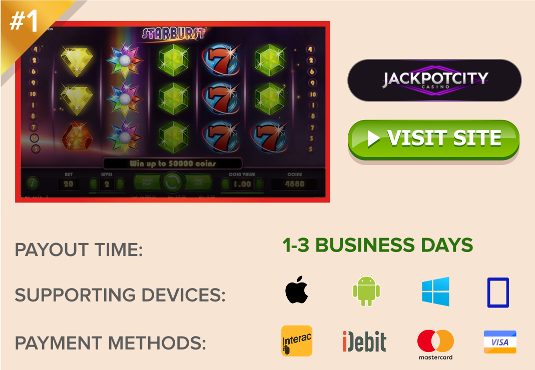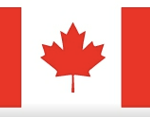History of Two Hundred Card Game
 Two Hundred (200), or by its French name, Deux Cents, isn’t your typical card game. It doesn’t have an extensive history, dating back through the centuries. It didn’t originate on some distant continent like Asia or Europe. The history of 200 actually starts right here, in Canada.
Two Hundred (200), or by its French name, Deux Cents, isn’t your typical card game. It doesn’t have an extensive history, dating back through the centuries. It didn’t originate on some distant continent like Asia or Europe. The history of 200 actually starts right here, in Canada.
It is played in a rather wide variety of communities, and is known by just as many names. Aside from Two Hundred and the literal French translation, Deux Cents, it also goes by the names Bidder 10, or Dix. Players in Quebec play a slightly different variant known as Le Rough, or Le Ruff. In eastern townships, the game often goes by the title La Bloutte or La Fouine. Farther west in Alberta, it’s less common, but is played under the names Tens or Barouche.
Known History of Two Hundred
As far as anyone has been able to determine, this popular card game comes direct from French Acadian descent. It is most heavily favored in New Brunswick, which may help identify its point of origin. There are at least 4 generations of known 200 enthusiasts, dating the game back to at least the 1930’s.
There are only two known publications that reference the game. The first is Culbertson’s Hoyle (1950), in which famed card gaming enthusiast and author, Ely Culbertson, describes the traditional rules of Two Hundred, but under the name ‘Chinese Bridge (four-handed)‘. The second is found in Richard Raymond’s French edition, Règles des Jeux de Cartes (2nd Edition, 2006), which details the rules of ‘Le Ruff‘, popularized in Quebec.
Two Hundred is undeniably similar to Rook, a card game published by Parker Brothers in 1906. The rules are vastly similar. The most notable difference is that Rook is played with a special deck of cards, while 200 can be played with a traditional deck, usually by removing some of the lower cards. These two games are almost certainly kin to one another. The real question is, was Rook based on 200, or was 200 a derivative of Rook?
There are also significant similarities between 200 and a series of Chinese trick-catching card games known as Sheng Ji. These games also employ a dynamic trump, with variable trump suits. Its closest cousin seems to be the Sheng Ji game of 100, but the similarities could be mere coincidence, as there’s no palpable evidence to support a historical connection between the two.
What we do know is that, as this popular game spread across New Brunswick and beyond, optional rules began to appear at a significant rate. Groups of players seem to have made their own adjustments along the way, so much that it took us three separate pages to relay the traditional Rules of 200, plus all of the most common rule variations invoked throughout Canada.
In our two-part More Ways to Play Two Hundred section, Part 1 deals specifically with popular rule variants, including the Quebec version, Le Rough (Le Ruff), which is the most versatile compared to traditional rules. In Part 2, we detail structural changes to the game, including how to play 200 without partners (cutthroat style), and with different numbers of players; specifically 2, 5 and 6.
If you’d like to learn even more about this popular Canadian card game—especially how to increase your odds of winnings—check out our next section, Two Hundred Strategy.
 Jackpotcity.com is our editorial pick for your gaming needs. Currently offering an entire suite of casino games, as well as a wide range of Canadian deposit options, JackPotCity truly offers world-class gaming.
Jackpotcity.com is our editorial pick for your gaming needs. Currently offering an entire suite of casino games, as well as a wide range of Canadian deposit options, JackPotCity truly offers world-class gaming.





